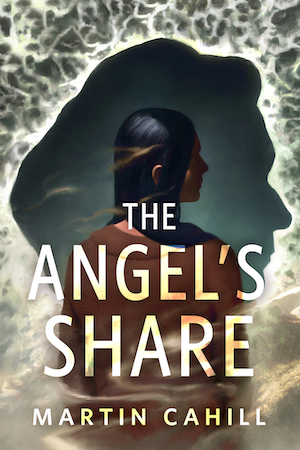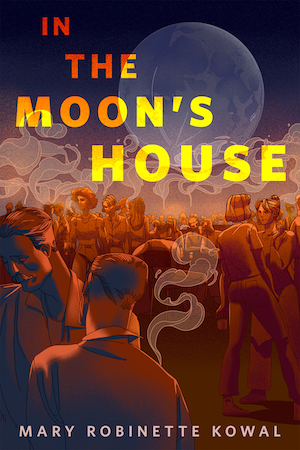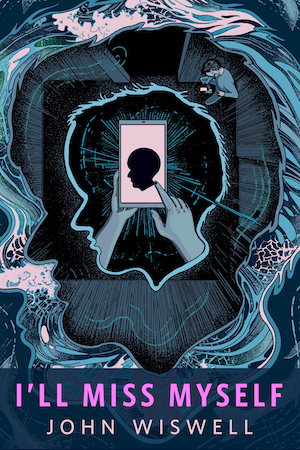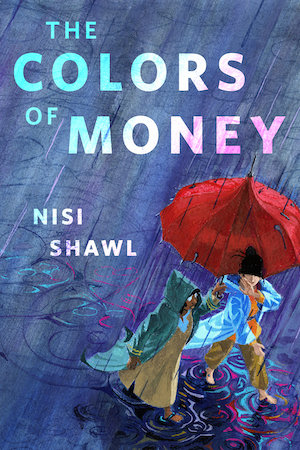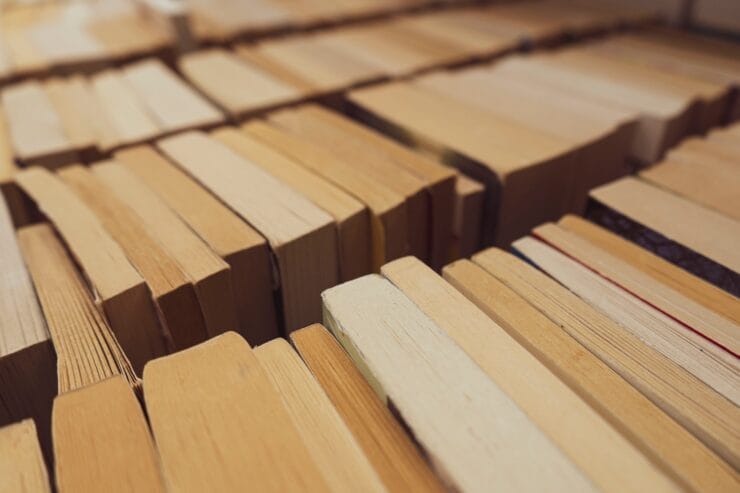A fair number of my ongoing review projects involve works from the era when mass-market paperbacks ruled the shelves. Consequently, I find myself handling increasingly vintage artifacts. As with every media transition, the evolution away from MMPB towards a market dominated by formats on which publishers actually make a profit has, as a side effect, the loss of certain features. The adult thing to do would be to gracefully accept change. I, on the other hand, would prefer to moan interminably reminisce about elements I miss in the trade, hardcover, and ebook-dominated world in which we are living.
I am sorry to report that these boil down to four elements, rather than my preferred five.
Ubiquity
Under the market conditions present prior to the wave of distributor consolidations in the 1990s, print runs were huge. Book outlets could offer an array of books that modern-day outlets would find hard to rival. There were also more outlets: as well as conventional bookstores, convenience stores, department stores, and grocery stores also offered books, sometimes in extensive displays.
Critics will doubtless point out that today books are far more ubiquitous than they were half a century ago. Rather than being dependent on the vagaries of book distribution, one can go online for immediate gratification (if ebook) or slightly deferred gratification (if real book).1
Portability
As might be guessed from the fact that one publisher literally called itself Pocket Books, mass-market paperbacks were small enough that in many cases they would fit in the pockets of men’s clothing.2 Even if readers couldn’t carry a dedicated book bag, a determined young reader could hide on their person at least one more book3 than pesky adults could locate and confiscate on the usual absurd pretexts4.
Nowadays ebooks are even more portable and even easier to hide than mass-market paperbacks. With e-readers, phones, USB sticks, and even cutting-edge neurological implants whose side-effects aren’t fatal (probably), it’s trivial to conceal whole libraries on one’s person.
Cover Art
I cannot overstate how often my choice of book to read was influenced by a luridly garish cover, often featuring gratuitous nudity skillfully executed cover art that may not have actually reflected the events inside the book, but which did inspire great curiosity about the contents. Having replaced paper books with ebooks as I have, one drawback is that my chosen e-readers offer only black and white images, which I do not find engaging. [It’s been noted that if I were to read on my phone, as some people do, this would not be a problem. Hmmmph.]
I should admit that hardcovers and trade paperbacks offer the same opportunity for eye-catching art and that they do so on a scale more favorable to appreciation by aging eyes.
The Ads
Admittedly, this might be even more of a personal issue than the previous three… but I miss the ads so often found in old paperbacks. The “Also by this author” lists, the “If you enjoyed this book, you might enjoy these other books” lists, the pitches to avoid distribution bottlenecks, and even lists of best-sellers by the same publisher.5 Heck, I got a whole fifty-book review project out of a single ad run in old-time Ace books!
Other folks might well point out there is no shortage of ads in this exciting, commercialized world in which we live. Indeed, avoiding them is now the trick. Still, somehow, for reasons I find hard to articulate, it’s not the same.
Are you old enough to remember the golden age of the paperback? Are there features you miss that I somehow overlooked? Feel free to mention them in comments below.
- It’s not the same for one simple reason (vague handwaving about the difference between in-person browsing through different selections of books versus online browsing in venues that are all essentially echoes of each other). ↩︎
- Then as now, pockets in women’s clothing were more aspirational than useful. I have a very long list of issues I thought would be resolved by now, and the absence of decent pockets in women’s clothes is towards the top. (It comes up over and over in the theatre where I work, as front of house staff have to juggle ticket scanners, flashlights, keys, and programs. It’s not hard if you have pockets to store away items not in use. I have pockets. Most of my fellow workers do not). ↩︎
- If you’re imagining one of those scenes where a person being disarmed produces weapon after weapon in implausible quantity, except with books, that’s the correct image. ↩︎
- Such as “This is math class, not Rocket Ship Galileo class.” ↩︎
- I also enjoyed magazine ads, particularly those for upcoming books. I apologize to the staff of Scribes Books for the number of times I asked if The World is Round was out yet. ↩︎


